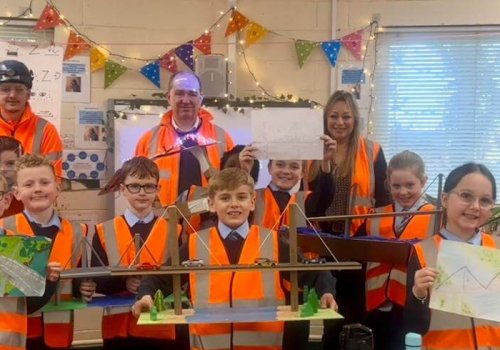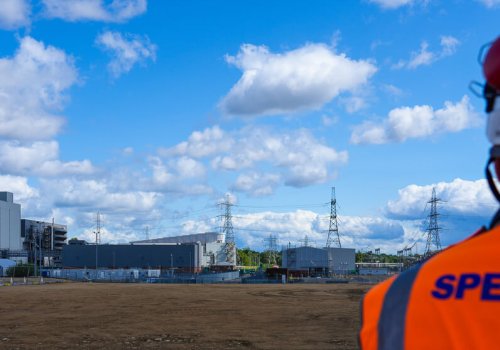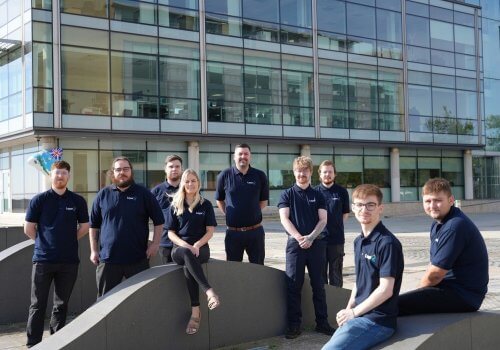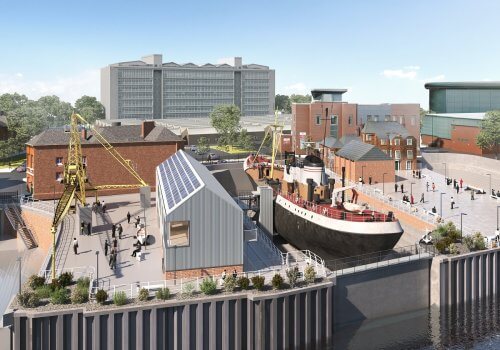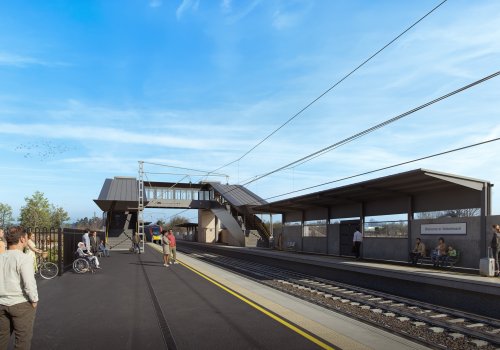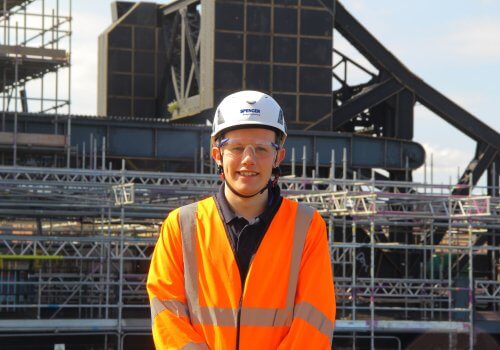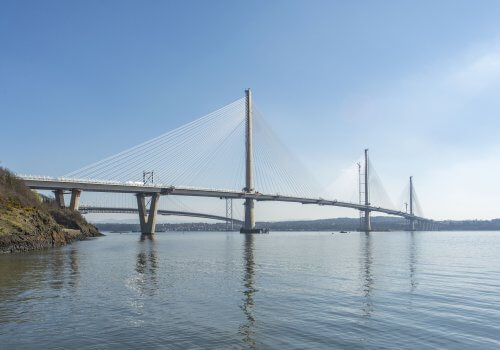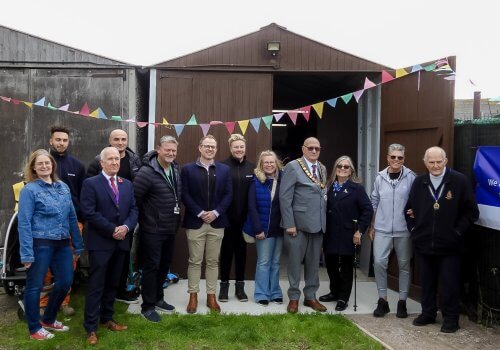Winter 2013 saw the completion of our prestigious £21m project at Edinburgh’s Waverley Station. As a Grade A listed structure located in the middle of a World Heritage Site with no existing access for construction sized vehicles, we knew the project was never going to be easy and it did not disappoint.
To allow access to the site for construction vehicles, we had to construct a 65m long 40t temporary ramp from Market Street down and into New Street car park. Once installed, work could begin in earnest with the construction of a temporary bridge to enable the removal of the Market Street Bridge. With 25,000 scaffold components, bridging 4 platforms, going through the 2.3m thick historic Klondyke wall and the incorporation of a passenger lift and goods hoist, it was a project in itself. With the temporary bridge installed, work began to dismantle and remove the Market Street Bridge. This was a sad day for our MD, Raj Sinha who cut his teeth as a student engineer with British Rail upgrading the structure some decades previously! With Raj recovered and the bridge removed, work began in earnest to construct the new Market
Street Bridge.
With North Bridge directly overhead restricting the size of crane that could be used, we were physically restricted to constructing the bridge piece-by-piece and only during possessions. Work was challenging given the restrictions and very difficult ground conditions, however the bridge opened in time for the Edinburgh International Festival. With the main bridge work completed, works started to remove the temporary bridge and commence construction of the west staircase. Parallel to this but beginning a few months earlier work was progressing well on the removal of the Platform 8 and 9 canopies.
Works to the canopies comprised removal of the existing top structure, preservation of the historic steelwork columns and supports, blasting and painting of the structure and installation of new roof steelwork and glass coverings – all along the entire length of the platform. This work was successfully completed whist maintaining passenger access.
The latter half of 2012 and 2013 was a very hectic period on site which saw:-
- Completion of 230m of platform canopy
- Resurfacing of 2500m2 of surfacing to platform 8 & 9
- Resurfacing of 4500m2 of New Street Car Park
- Restoration of the Klondyke wall, including infilling the area at Market Street and masonry and mortar repairs to the length of the wall
- Diversion of major signalling and communication cables to Edinburgh Signalling Centre
- Installation of two lifts to Market Street
- Installation of CCTV and LLPA on platforms 8 and 9 and Market Street Bridge
Late 2012 also saw the start of our works at the north side of the station. This work involved significant public and stakeholder interface and included electrical changeovers affecting the whole station.
The building roof had to be accessed via a crane from North Bridge and the work included significant traffic management on one of Edinburgh’s main thoroughfares – carrying out works around the 55,000 people who use the station every day.
Works included:
- Upgrading the HV switchgear to the station
- Installation of three new (car sized) boilers to service the station buildings
- Upgrading the gas supply to the station
- Installation of secondary glazing to the station building
- Extensive repairs to primary glazing
- Clean down of station building including masonry and mortar repairs
- Installation of new passenger lift to main station building
- Refurbishment of the ticket hall dome cupola including the installation of ‘throw canopy’ above the dome.
- Replacement of the ticket hall rectangular cupolas
- Tiling repairs to ticket hall floor
- Installation of new external lift and link bridge to the operations centre building
- Refurbishment and cladding to the operations building façade
- Installation of two new passenger lifts to the Calton Road Bridge
- Formation of disabled parking and drop off area at Calton Road
- Removal of redundant M&E equipment from the station roof
Re-waterproofing of the main building roof
